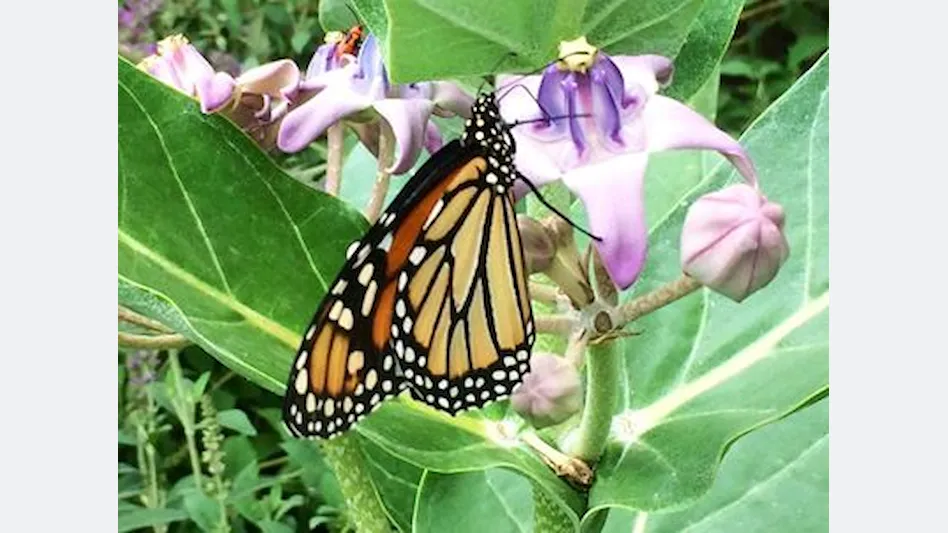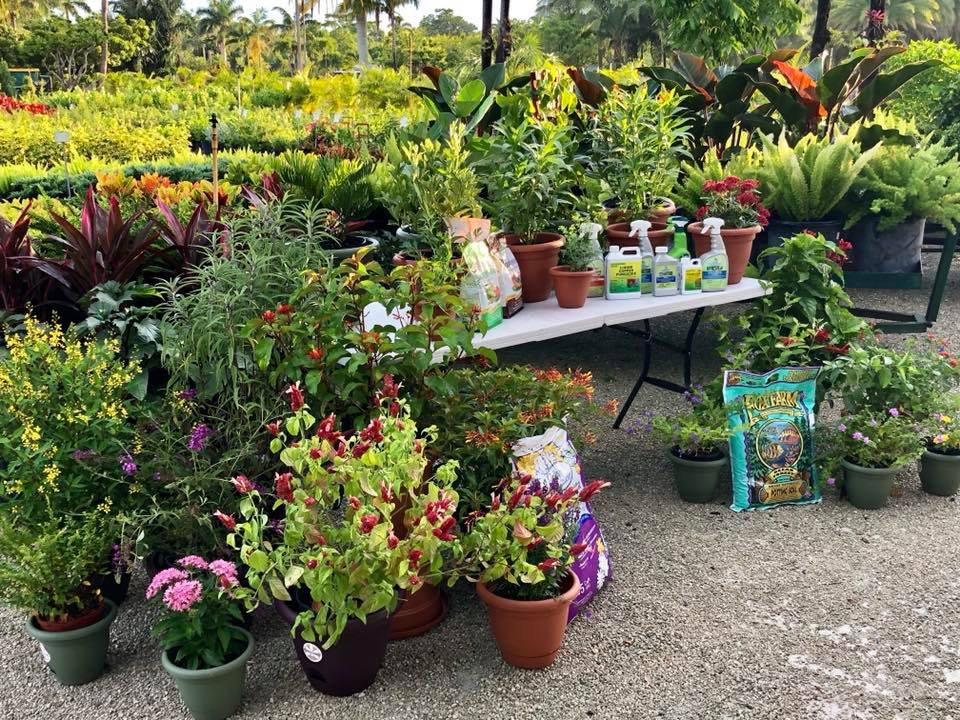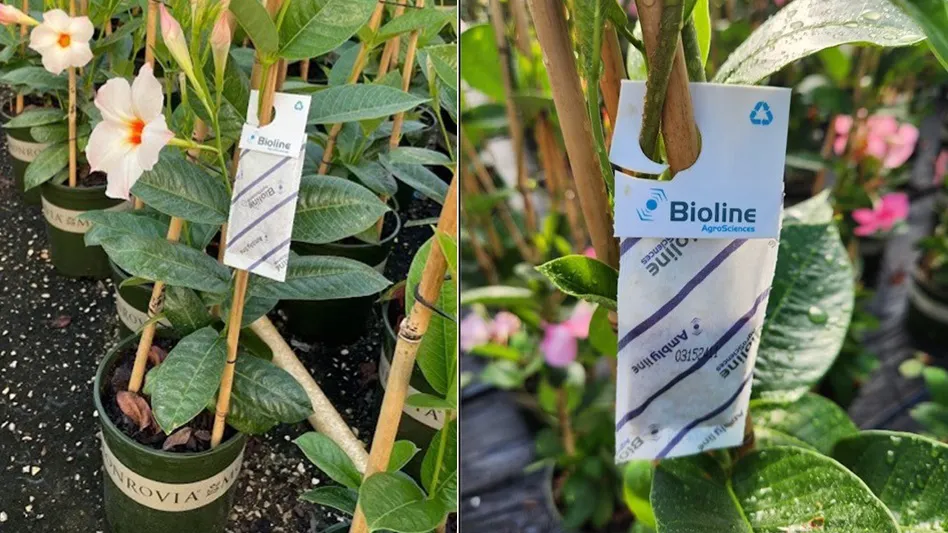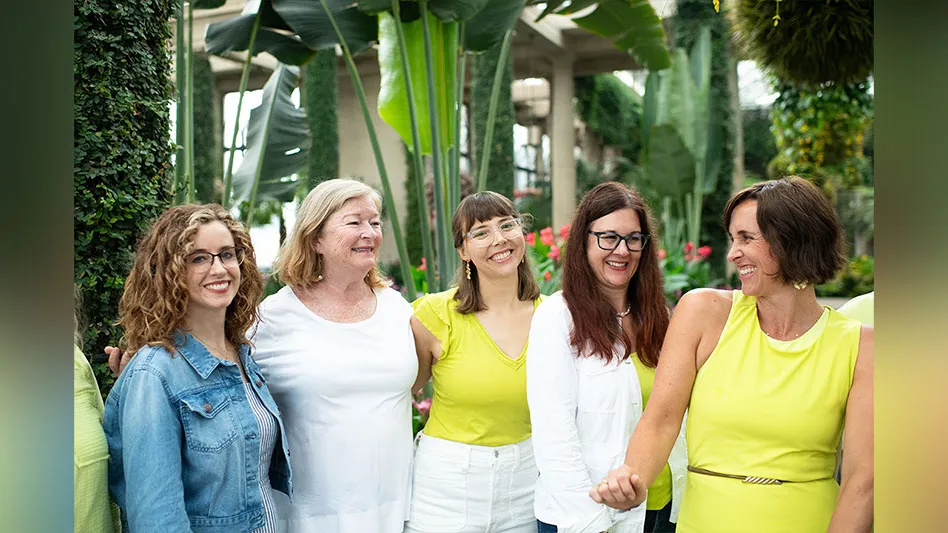
Photos courtesy Erik Dietl-Friedli
I forget if I was recovering from a busy weekend at the garden center, or if I had a cold, but there was a day last year I was doing as little as possible and allowed myself to get totally lost in mindless mathematical problems. Don’t ask what formulas I used — I think I was driven more by coffee and Google than by Science — but I determined that in more than 35 years in garden retail, I sold enough trees to create around 2,500 acres of forest. I was kind of blown away by the number, especially since I thought I was being conservative in my method.
It got me thinking of other plants and categories, too. I’ve been big on butterfly gardening (that is, gardens built for the flighty pollinators) since my days at Martin Viette on Long Island. So, I set out to figure out the area I could cover with butterfly-friendly plants. In the end, I determined that I’ve sold enough to cover the entirety of the National Mall in Washington, D.C., including the spaces occupied by buildings, streets, walkways and monuments. Imagining all those families, Girl Scout troops, school groups and, of course, the butterflies that helped make that happen really brought me a sense of pride. Butterfly gardening is one of my greatest joys — and can be one of the greatest centers for growth in any garden center.

Why garden centers need a butterfly gardening department
In all my years of garden retail, this category has grown. It is not a fad like fairy gardening, nor an ebb and flow category like succulents. It is consistently a Top 10 category; sometimes Top 5. Just in milkweed alone, the host plant for monarchs, I go through more than 5,000 units annually.
Sales aside, it is one of the few things that gets kids outside and families together in the garden. And we need to expose kids to gardening! But before I press on, I have to add that we need to make the butterfly department kid-friendly, but not childish. Just as “fairy gardening” alienated a bunch of folks who would have enjoyed “miniature gardening," making a butterfly department look like a kiddie playground turns off the largest segment of butterfly gardeners: adults. Lots of young couples, empty nesters and lovers of nature enjoy butterfly gardening. It appeals to everyone.
Butterfly departments also help to sell other related products. I live near the Everglades, and I use butterfly gardening as part of a larger discussion on environmental stewardship and responsible garden practices. No, I do not guilt people with an organic-only approach. Nor have I joined the “natives only” crowd. I want people to garden and find joy in it. Not everything needs to be for butterflies, either. Yes, some plants can just be pretty to look at. Butterfly departments do necessitate access to a full complement of organic fertilizers, soils, amendments and garden solutions, plus decorative items like wall décor, stakes and other butterfly-themed items. Butterfly gardening is a lifestyle.

How to build a butterfly gardening department
Avoid the temptation to cram every butterfly plant into its own area. There are too many plants that appeal to butterflies on some level to limit placement in the garden center. Instead, use some as a conversation starter: “Pollinators love the nectar of this shrub. We have some great companions for it in our butterfly department."
When customers are enthused to learn about your butterfly department, show them where it is. Don’t assume they read area signage. Select maybe 20-25 plants for the department: one-third host plants and two-thirds nectar plants.
Also, avoid creating a display showing one of every butterfly plant you sell. It will look like a customer decided to put plants back and just left them in a group for you to find and put away. Instead, showcase three to five plants of graduating heights that look good together in groups large enough to make a selling display. Garden centers can be visually overwhelming as it is. Give customers a chance to rest their eyes on product, envision the plants in their yard and make a decision to buy. Take advantage of seasonal standouts to showcase and drive sales, too. A pyramidal display of Scabiosa ‘Butterfly Blue’ or Rudbeckia can fill a lot of carts.
Butterfly departments offer an opportunity for community outreach and involvement. Events, workshops and partnerships with parks, schools and local troops can all help build awareness and drive traffic and sales. It is constantly growing and attracting new customers. And if celebrated, it can lead to one day selling enough butterfly plants to cover the entirety of the island of Manhattan!
Erik Dietl-Friedli has worked in retail gardening for 35 years and is currently the head buyer at Flamingo Road Nursery in Davie, Florida. He began his career at Martin Viette Nurseries and Hicks Nurseries on Long Island focusing on buying, visual merchandising, developing seasonal events and creating dynamic product programs. He is the Chairperson of TPIE (Tropical Plant International Expo).
Latest from Garden Center
- Weekend Reading 5/17/24
- GardenComm 2024 Annual Conference registration is open
- Landmark Plastic celebrates 40 years
- Proven Winners introduces more than 100 new varieties for 2025
- Weekend Reading 5/10/24
- The Family Business, Part 2: Agreeing (and disagreeing) on capital investments
- Registration opens for Darwin Perennials Day
- Weekend Reading 5/3/24





